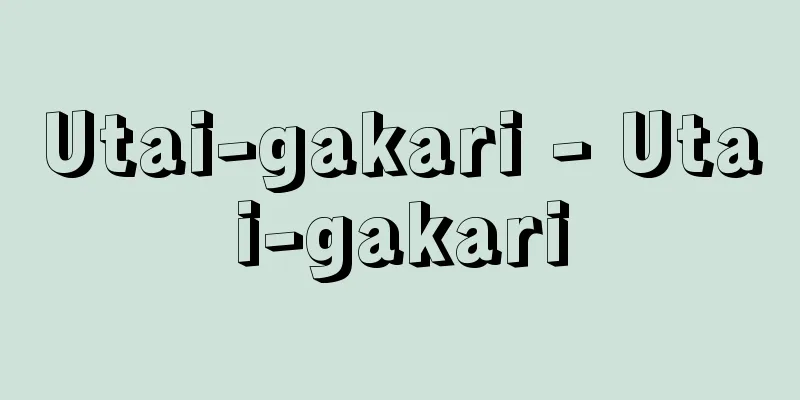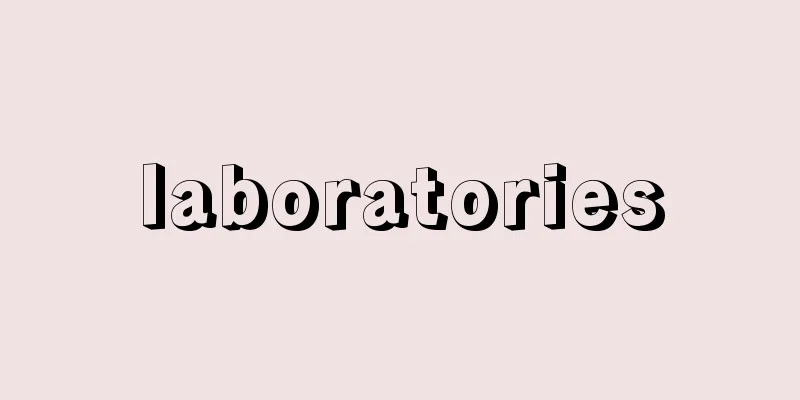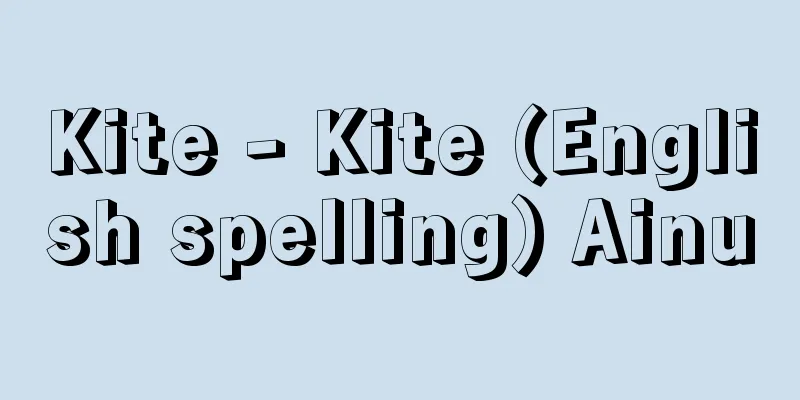Utai-gakari - Utai-gakari

|
...These Kyogen chants, or all of the chants unique to Kyogen, are sometimes called Kyogen kouta, but Noh researchers do not use this terminology very often. Early modern Japanese music also incorporates Noh chants, but only the parts that incorporate tsuyogin are called chants or chants gakari. As a rule, instruments such as the shamisen and koto do not play accompaniment in these parts. *Some of the terminology that refers to "Utai Gakari" is listed below. Source | Heibonsha World Encyclopedia 2nd Edition | Information |
|
…それら狂言謡の全部,あるいは狂言独自の謡全部を狂言小歌ということもあるが,能楽研究者はこの用語法をあまり使わない。近世邦楽でも,能の謡の技法を取り入れているが,ツヨ吟を取り入れた部分に限って謡とか謡ガカリなどと称する。三味線や箏などの楽器は,その部分では原則として伴奏しない。… ※「謡ガカリ」について言及している用語解説の一部を掲載しています。 出典|株式会社平凡社世界大百科事典 第2版について | 情報 |
Recommend
Twist - Twist (English spelling) torsion
Mathematical term. (1) Given a point P on a space ...
Haripunjaya (English spelling)
A Hmong state that flourished from around the 11th...
Ise Riots
In December 1876 (Meiji 9), the largest anti-land...
Whole Earth Catalog
...In addition, with the recent development of el...
Li Ding-jo (English spelling) Lǐ Dǐng zuò
A Chinese scholar of the Tang dynasty. He was from...
Iwakuni Castle Town
…In 1975, the Shinkansen Shin-Iwakuni Station was...
Mount Kamui - Mount Kamui
A mountain located in the central and southern pa...
"Akutagawa Maple Fence" - The Fetters of Akutagawa Maple
…In 1752 (the second year of the Horeki era), he ...
External blowing flap - External blowing flap
...There are various types of these, such as uppe...
Cornelisz.van Haarlem (English spelling)
...However, this was only in Rome; in Florence, s...
Kiribati - Republic of Kiribati (English spelling)
An archipelago nation scattered across the centra...
University
…In addition to its role as an institution for mu...
Buried pile - Umekomikui
...The footing part can take the form of an indep...
Ellisella rubra (English spelling) Ellisellarubra
… The suborder Axis includes Melithaea flabellife...
Photoprotein
...The L-L reaction was discovered by Harvey EN H...



![Showa [town] - Showa](/upload/images/67cbe156c102c.webp)





